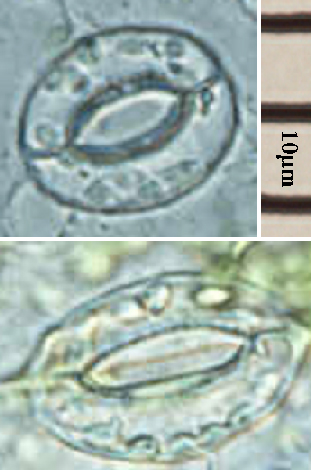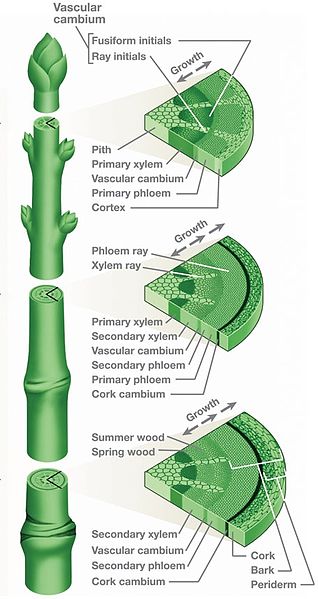Nutrition
Warning, you should not try to acquire nutrients from the
English yew because you will probably die. See
Toxicity. There
are a select few organisms that get nutrition from the yew, they
include a symbiotic fungus and birds which feed on yew arils.
See Interactions for more information.
This page is actually dedicated to helping understand the
processes the English yew, along with many other plants, uses to
acquire the valuable nutrients it needs to live, grow, and
reproduce. The main process in question here is photosynthesis.
By producing its own food with photosynthesis, the English yew
is classified as being autotrophic.
As you can see by the simplified photograph of photosynthesis to the
right,
photosynthetic plants use carbon dioxide from the atmosphere, water from the
soil, and energy from sunlight to produce oxygen and glucose. There
are some key structures and features within an autotrophic plant
that are necessary for this process to be accomplished.
For more information about photosynthesis, click here.
Other photosynthetic plants include
sage and
highbush blueberry
 Stomata:
Stomata:
The stomata are openings in the plant leaves which allow for gas
exchange. They are formed by two specialized cells called guard
cells. These cells open to allow the exchange of gasses, carbon and
oxygen for example, and close to prevent the plant from drying out.
In the picture to the left you can see the open and closed stomata.
Chlorophyll:
Most people are familiar with chlorophyll because it is what give a
plant its green coloration. Located in plant organelles called
chloroplasts, Chlorophyll absorbs other wavelengths of visible light, like red or
blue, while reflecting green wavelengths.

Vascular tissue:
The production of glucose molecules by photosynthesis would be
useless if the glucose were not able to be transported from the
leaves to other parts of the plant. Likewise, photosynthesis would
not be possible if water could not be transported to the leaves
where photosynthesis takes place. The
two vital transport tissue are called xylem and phloem. Xylem is
used to pull water up to the tallest parts of the tree from the
roots and phloem is used to transport nutrients throughout the
plant. There are several properties of water that allow this
transport to take place. A couple other examples of plants with
vascular tissue include
foxglove and the
maidenhair tree
Water is a polar molecule, which means it has a partially positive
charge and a partially negative charge on different sides of the
molecule. The partially positive charge is attracted to the
partially negative molecules. This attraction allows for the
properties of adhesion and cohesion. Adhesion when water molecules
are attracted to other molecules and cohesion when they are
attracted to each other. This bond between molecules is not very
strong, but it is strong enough to allow for water transport to
occur within plants
Evergreen:
The English yew is an evergreen, which means it does not lose its
leaves during the winter. Therefore the tree is able to participate
in photosynthesis all throughout the year as opposed to deciduous
trees which lose their leaves during the winter. Because they retain
their leaves during the winter, their leaves are shaped like needles
and are able to shed snow, prevent the limbs from breaking under
this weight.